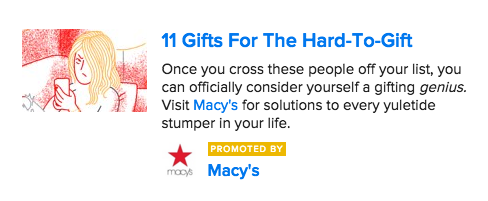With the continual saturation of advertising and the recent introduction of ad blocking, it has become a habit for users to pass over ads or prevent them from appearing altogether. These habits have caused marketers to reconsider how they are attempting to reach consumers. Taking consumer usage into consideration, trends are beginning to sway toward social media ads and native advertising being the future of digital ads.
Over 74% of adult Internet users use social media sites on a regular basis. The top social sites such as Facebook, Instagram, Twitter, Snapchat, Pinterest, and even LinkedIn all have advertising options. While these platforms may have different audiences and different ways to target those audiences, they all have shown success in their own ways. These repeated success stories have led to an increase in spending in this area of digital marketing. The overall spend for social media campaigns in 2015 is expected to fall just shy of $24 billion. That is a 33.5 percent increase from 2014. The anticipated spend by 2017 will be almost $36 billion, a total of 16 percent of all digital ad spending globally.
Ad blocking in the United States grew by 48 percent in 12 months and is expected to cost publishers an astonishing $22 billion this year alone. As a result, advertisers have turned to native advertising, which resembles editorial content but usually has a slight design difference showing that it is sponsored content. Native advertising is a less intrusive way to present your brand to the consumer. In addition, the purchase intent is 53% higher with native ads versus traditional ads and on average produce a higher click-through rate than standard display ads.

For example, the popular publishing website BuzzFeed produces thousands of pieces of content and tends to specialize in lists: Top 10 Movies All Time, 5 Best Office Products, 12 Places to See, and so on. This holiday season, Macy’s has sponsored a BuzzFeed post titled ”11 Gifts for the People Who Leave You Clueless.” The retailer has presented an original piece of content to the consumer that is on topic (holiday gift buying), on trend (lists!) and has 13 links that lead back to the Macy’s website, most of which lead directly to a specific product for purchase!
As consumer usage and advertising trends change, it is important to take these changes into consideration to see if a tweak in advertising strategy would give you the boost your business is looking for. Robertson & Markowitz Advertising and PR can help you utilize these new trends to better reach your target market and increase your return on investment. Call us today at 912-921-1040.
